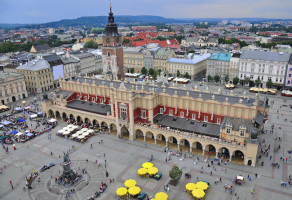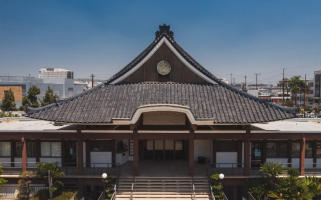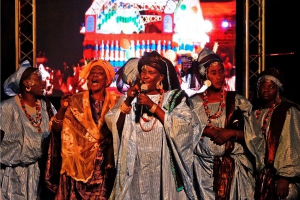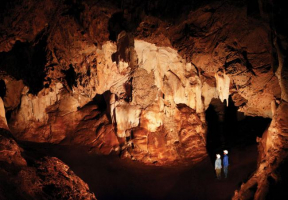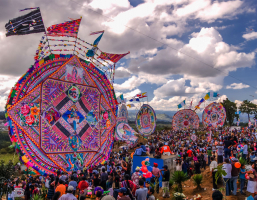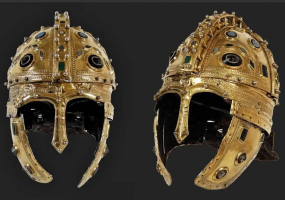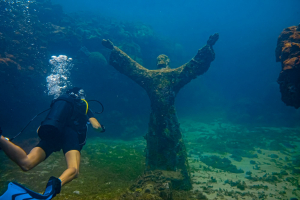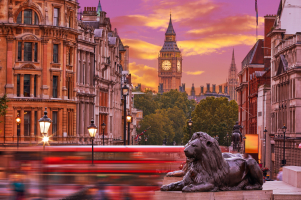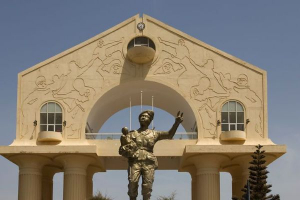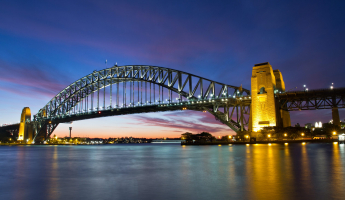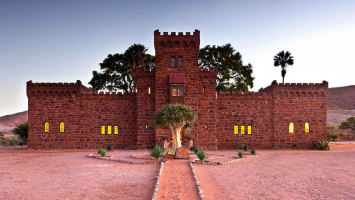Top 5 Most Famous City Welcome Signs
A welcome sign, also known as a gateway sign, is a road sign located near the border of a jurisdiction or territory that introduces or welcomes people to a ... read more...location. Welcome signs can be found near governmental boundaries, such as upon entering a state, province, county, city, or town, and they are becoming more common in neighborhoods and private communities. Here are the most famous city welcome signs we compiled for you.
-
The Welcome to Fabulous Las Vegas sign was funded in May 1959 and constructed shortly thereafter by Western Neon. Betty Willis created the sign at the request of Ted Rogich, a local marketer who sold it to Clark County, Nevada. The flashing lights of the "Welcome to Fabulous Las Vegas" sign are well known and, according to some, mark the official southern end of the Las Vegas Strip.
The sign is in the median at 5100 Las Vegas Boulevard South, east of the ancient stone pillars of the old McCarran Field and west of the Bali Hai Golf Club and the (closed) Klondike Hotel and Casino. The sign is said to mark the formal southern terminus of the Las Vegas Strip. Like the rest of the Strip, the sign is located in Paradise, about 4 miles (6.4 km) south of the city boundaries of Las Vegas.
Since 1959, as one of the most famous city welcome signs, it has greeted visitors to Sin City, and for many visitors, the flashing lights reflect the promise of an emotional journey filled with gambling, glamour, and pleasure. It was added to Nevada's list of recognized historic places in 2013 and is more than just a sign.
Location: 5100 Las Vegas, Boulevard South, Paradise, Nevada, U.S
Built: 1959
Architect: Betty Willis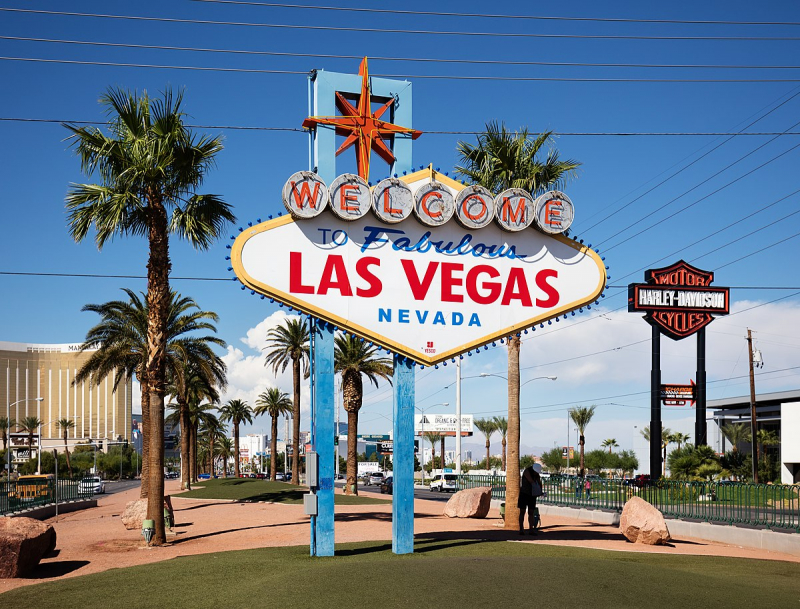
en.wikipedia.org 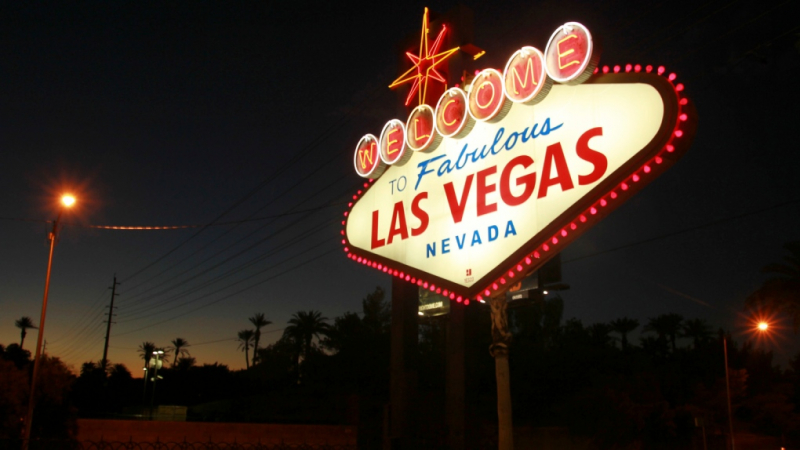
ctvnews.ca -
The Hollywood Sign, one of the most famous city welcome signs, is a cultural symbol and a landmark in Hollywood, Los Angeles, California. It was formerly known as the Hollywoodland Sign and is located on Mount Lee in the Santa Monica Mountains' Beachwood Canyon neighborhood. It was originally erected in 1923 as a temporary advertisement for a local real estate development in 45-foot (13.7 m) white uppercase letters and 350 feet (106.7 m) long, but due to gaining awareness, the sign was left up and replaced in 1978 with a more robust all-steel construction.
The sign is one of the most well-known monuments in both California and the United States, and it frequently appears in popular culture, particularly in establishing shots for films and television shows set in or around Hollywood. The sign has been a regular target of pranks and vandalism throughout the decades due to its extensive recognition and visibility from various sites in the Los Angeles Basin. It has now been restored, including the installation of a security system to dissuade criminal activity. The Hollywood Sign Trust, a non-profit organization, protects and promotes the sign, and its location and surrounding property are part of Griffith Park.
Visitors can hike to the sign from either the Bronson Canyon or Griffith Observatory entrances to Griffith Park. There is also a trailhead outside of Griffith Park near the Lake Hollywood Reservoir, and while not an access point in and of itself, there is a popular panoramic vista point around Lake Hollywood Park near the trailhead.Location: Griffith Park, Mount Lee, Hollywood Hills, Los Angeles, California, U.S
Built: 1923
Architect: Thomas Fisk Goff
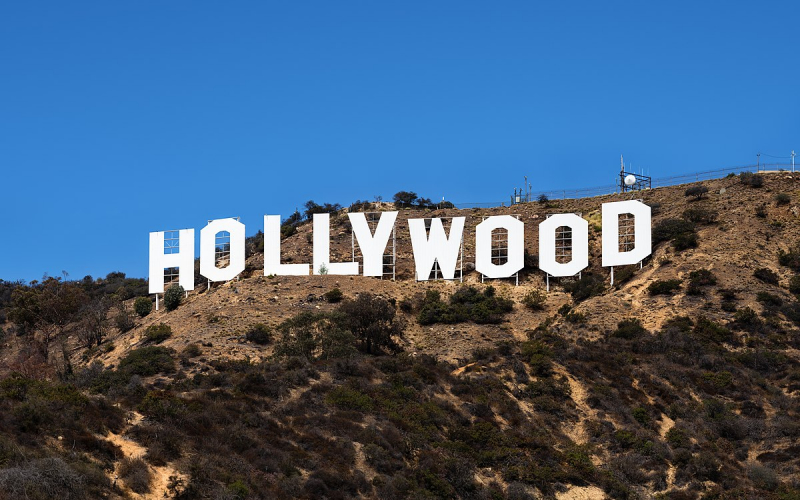
vi.wikipedia.org 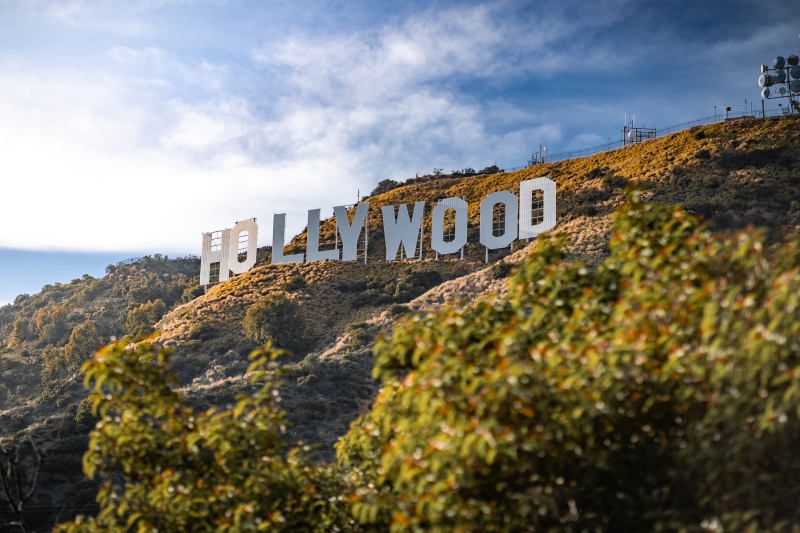
en.wikipedia.org -
The Reno Arch, which spans Virginia Street at the intersection with Commercial Row, is a well-known landmark in Reno, Nevada. The current sign is the arch's third iteration. The City of Reno owns and operates it. On October 23, 1926, the first Arch was built to advertise the Nevada Transcontinental Highway Exposition, which ran from July 25 to August 1, 1927, and commemorated the completion of the Lincoln and Victory Highways. These highways were established across Nevada along the corridors of present U.S. Route 50 and Interstate 80, respectively. The city council decided to keep the arch as a permanent downtown gateway after the exposition.
On June 25, 1929, the slogan "Reno, The Biggest Little City in the World" emerged on the arch, accompanied by a lit torch on both sides of the city name. After some people protested about the new slogan, it was replaced with a green neon "RENO" in 1934; however, following the outcry over its removal, the slogan was reinstated with fresh lettering and the torches were removed.
For the tagline "Biggest Little City in the World," the original steel arch was replaced in 1963 by a larger arch with plastic panels, a rotating star, and a connected inverted arch below the "RENO" sign. This arch was presented to the city of Willits, California after it was replaced. Willits replaced the star with the American flag and the motto with "Gateway to the Redwoods" and "Heart of Mendocino County" after removing most of the plastic panels. It is now located on Main Street in downtown Willits.
The current arch was built on August 8, 1987, had new lights put on November 17, 2009, and had its design scheme changed to blue and silver on May 3, 2018. As one of the most famous city welcome signs, it is a notable feature of downtown Reno and has displayed the city's motto, The Biggest Little City in the World, for most of its history.
Location: Reno, Nevada
Built: October 23, 1926
Architect: J.L. Stuart

en.wikipedia.org 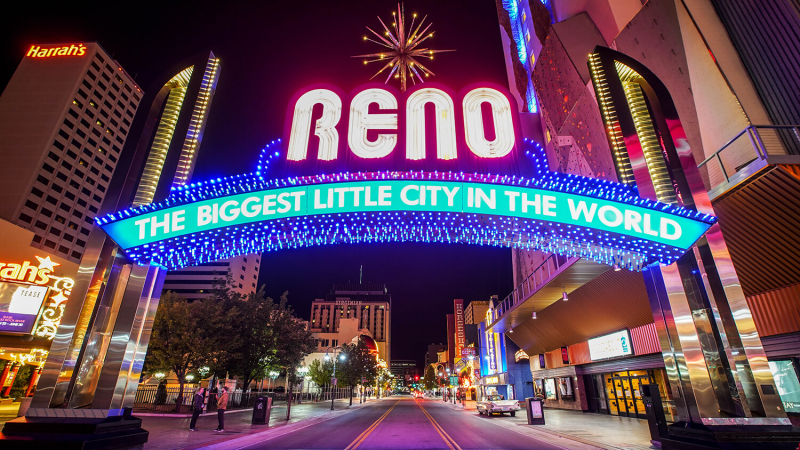
travelnevada.com -
The Chicago Theatre, formerly known as the Balaban and Katz Chicago Theatre, is a classic theater on North State Street in Chicago's Loop neighborhood. The Chicago Theatre, first opened in 1921, is now a performing arts venue for stage plays, magic shows, comedy, lectures, athletic events, and popular music concerts. On January 28, 1983, the building was designated as a Chicago Landmark. The iconic Chicago Theatre marquee, dubbed "the city's unofficial emblem," appears regularly in film, television, artwork, and photography.
The Chicago Theatre sign has been in place since the venue's construction in 1921. The sign, which is a Chicago landmark, has become well-known due to its numerous appearances in films and television shows set in the city. It's 18 meters tall and visible from miles, and it's the place to be for the best live entertainment in Chicago. The vertical sign, with lit channel letters writing "CHICAGO," is a State Street icon and a symbol of Chicago.
It is one of only a handful of original exposed lamp electric signs that are still in operation in the United States. The sign was made primarily of materials common at the time. The letters "CHICAGO" were changed with porcelain enamel-coated sheet metal early in the sign's life, an early application of this material. The lighting on the sign used to have a four-trough border of chaser lights that cascaded in a swirl pattern. During its 75-year lifetime, the chaser lighting was abandoned during World War II, and the color scheme was changed after the war. The top of the sign had illuminated or painted letters with the names of the theater owners, which read Balaban & Katz, ABC-Great States, and Plitt in that order.
Location: Chicago, Illinois
Opened: October 26, 1921
Owner: Madison Square Garden Entertainment
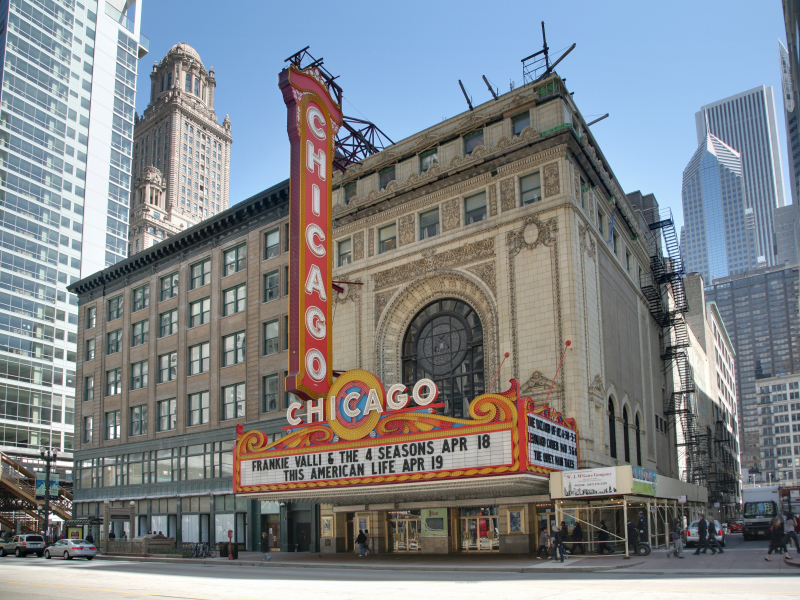
en.wikipedia.org 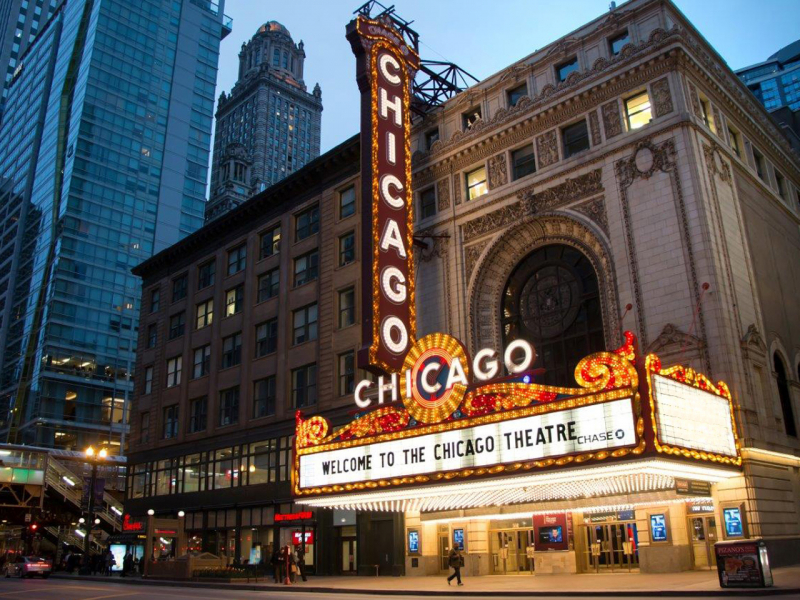
enjoyillinois.com -
Scranton may not be as well-known as Philadelphia or Pittsburgh, but neither city can claim to be the "Electric City." Scranton first used electric lights in 1880, and they proudly flaunt this with a massive lit sign that reads, "SCRANTON THE ELECTRIC CITY." However, the sign has been updated in recent years to reflect the energy-efficient ways of the twenty-first century, with 1,300 LED bulbs.
The Electric City Sign is one of Scranton's most identifiable landmarks. This historic sign can be found atop the Scranton Electric Building on Linden Street, directly across from Courthouse Square. Scranton gained its moniker as one of the country's earliest "electrified" cities. Dickson Manufacturing Company was the first in the city to install electric lights in 1880. Scranton had the first successful streetcars powered exclusively by electricity by 1886.
The Electric City Sign was built in the 1930s to commemorate the city's past. It is still one of the country's oldest original electric signs, thanks to careful restoration.
Location: Scranton, PA
Built: in the 1930s
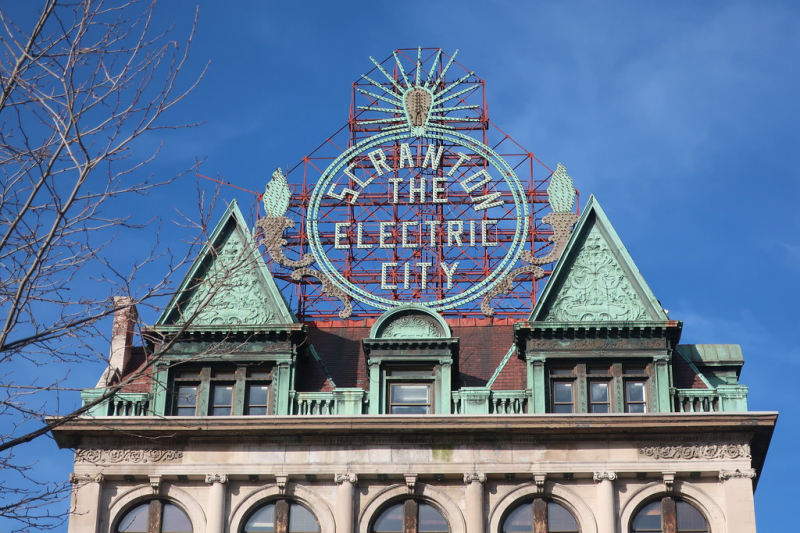
flickr.com 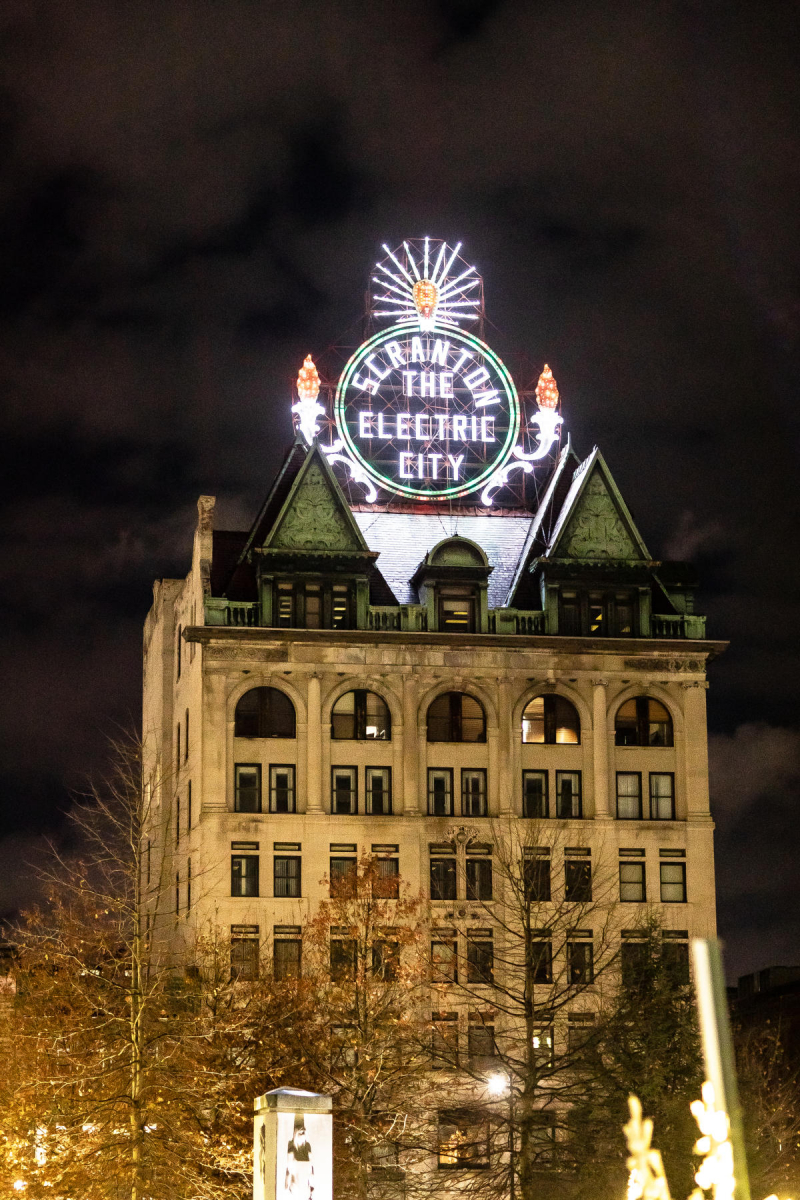
visitnepa.org







